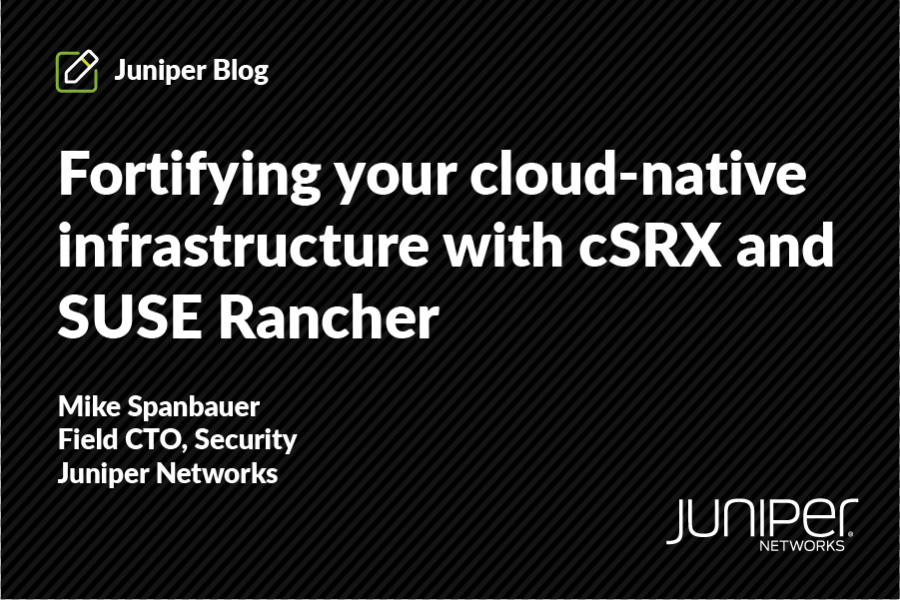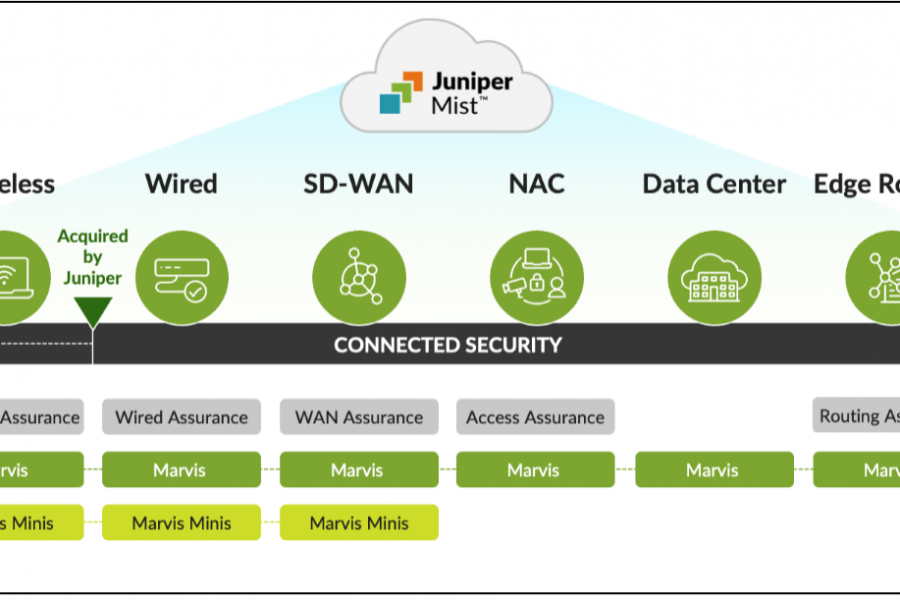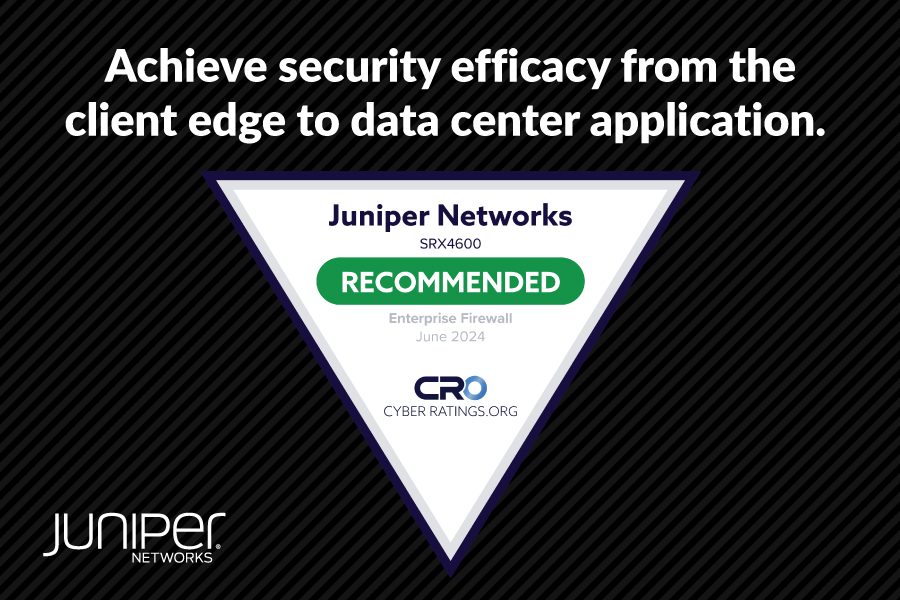This blog post is a follow up to the introductory blog, “Solving the Quantum Computing Security Problem,” by Gert Grammel.
Quantum computers capture the imagination of futurists, physicists, engineers and scientists, promising a quantum leap in computing power, pun intended. In this blog post, we examine the magic that quantums can perform today.
Cryptography provides one layer of quantum technology reality. In a pre-quantum world, cryptography is a mathematical science whereby the sender of a message uses a secret key and a clear-text message to crunch the message through a complex mathematical algorithm, providing scrambled output. The result makes it nearly impossible for an eavesdropper to make sense of the message unless the secret key or cypher is known.
What changes with quantum computing?
Quantum computers operate with quantum bits or qubits, which are tiny particles like atoms or electrons. Kept in isolation, these particles spin like a gyro and when they bump into each other, some of that spin is transferred between the qubits. Quantum computers operate by tweaking the spin, letting qubits interact in a desired manner. When it comes to the standard laws of physics, qubits are quirky scofflaws.
For example, in quantum computing, the gyro randomly spins until it is measured. Qubits can also exist in two separate places at the same time.[1] For example, qubits can be created in such a way that one is the twin of the other, an effect called “entanglement.” When entanglement occurs, what happens to one qubit also happens to the other although they are distant to each other. Imagine if human twins living far away from another were entangled. If one twin were to perform a dance, the other would also spontaneously dance at the same instant. We’d hope, for the sake of the other twin, that the first twin at least has some good moves.
By exploiting all these quirks of qubits, a quantum computer can be built by throwing qubits at the problem and quickly find the needle in a haystack.[2] At scale, this capability would enable quantum computers to crack encrypted messages by searching for the secret key in the haystack of encrypted messages.
Today, a quantum computer is impractical to use and scale. A typical quantum computer that exists today is about the size of a car and operates at a very chilly -273° Celsius (-459° F) to keep the qubits from bumping into other particles in an uncontrolled manner. However, the number of qubits and their storage time is quite limited. This, in turn, limits the computational capabilities, making them impractical for application. However, the first digital computers started with comparable size and capability. Today, we carry significant computing power around in our pockets. So, the size question may well be resolved in the future. The question to examine here is this: When will quantum computers have the capability to send unbreakable encrypted messages?
Quantum Cryptography
Quantum cryptography is the science of exploiting quantum mechanical properties to perform cryptographic tasks and should not be confused with post-quantum cryptography, which is the field of cryptography which studies cryptographic algorithms that can stand up against hackers armed with quantum computers.[3]
In the simplest form of cryptography, sender and receiver have a shared knowledge of a secret key or cypher that nobody else knows. To make this work, we must transport a secret-key between two distant locations. Subsequently, this key can be used to encrypt and decrypt messages using mathematical cryptography. Now, how can information be shared between two distant locations in a way that cannot be compromised by quantum computers?
The answer is surprisingly simple. Setting aside electrons and using photons for our qubits, new possible security solutions arise. Photons are not very practical for quantum computing because they travel with light speed and are hard to manipulate. That, however, makes them ideal for communication purposes. This idea gave birth to Quantum Key Distribution (QKD) technology. In essence, QKD devices work like this: a laser in the transmitter station produces a pair of entangled photons in a crystal. One of the two photons is sent via a dedicated fiber to the receiver, the other one remains at the transmitter station. Both the receiver and the transmitter then measure the properties of their photons. The measuring results are subsequently converted into a string of 0s and 1s – also known as the cryptographic key. The sequence of the numbers 0 and 1 is completely random due to the laws of quantum physics, but identical strings of random numbers are produced both in the transmitter and the receiver station.[4] Remember entanglement? In other words, we don’t need quantum computers for quantum cryptography. It’s sufficient to share a pair of entangled photon-twins and let them do their quantum dance.
So, both QKD and quantum computing exploit quantum effects to do their magic but the particles used as qubits are different. Today, quantum computers are car-sized and struggling to stay cool to tame their qubits. In contrast, current QKD devices are the size of a pizza box and can happily share entangled photons at room temperature, which makes them useable in real-life now.
In the end, when it comes to quantum physics, one thing is certain: uncertainty. In the words of Stephen Hawking, “According to quantum physics, no matter how much information we obtain or how powerful our computing abilities, the outcomes of physical processes cannot be predicted with certainty because they are not determined with certainty.”
At Juniper, we have an obligation to ourselves and our customers to dive into the uncertain currents of quantum physics because quantum computers are becoming a reality. We cannot merely engage in the stimulating imaginative speculation and exploration of futurists, physicists and scientists. As engineers and innovators, we must solve the practical problems that quantum computers and their vast computational capacity will pose for secure network communications.
[1] https://en.wikipedia.org/wiki/File:Quantum_superposition_of_states_and_decoherence.ogv
[2] https://arxiv.org/pdf/quant-ph/9706033.pdf
[3] https://en.wikipedia.org/wiki/Quantum_cryptography
[4] http://www.secoqc.net/downloads/pressrelease/Banktransfer_english.pdf


